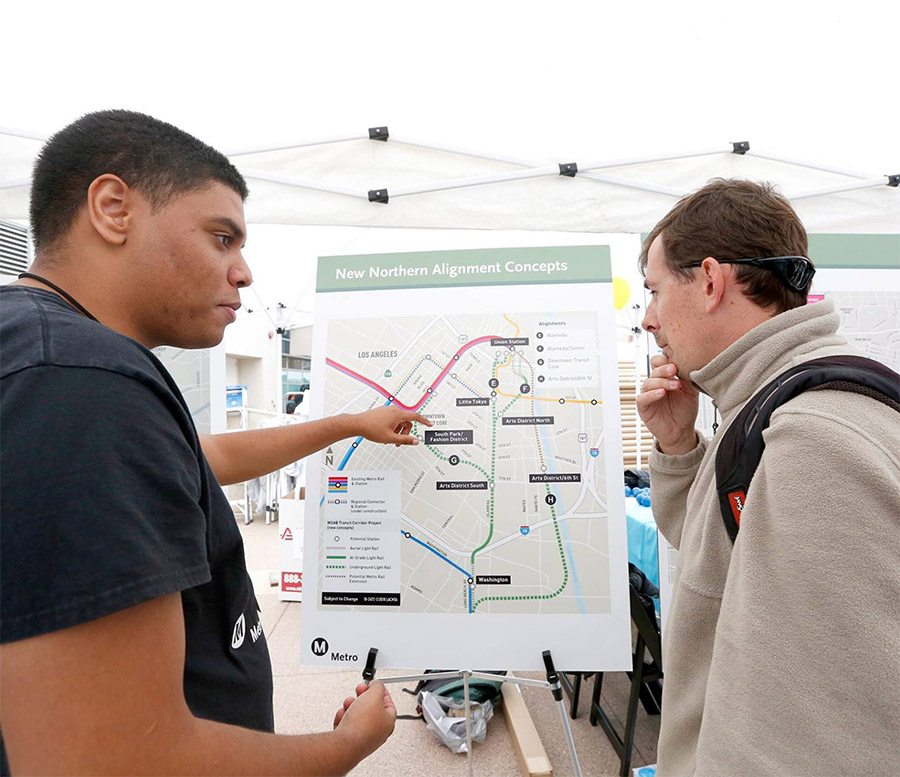Toward the end of March, CNT presented at Flint’s 3rd annual Environmental Justice and Resiliency summit. The summit featured four days’ worth of panels, interactive sessions, and trainings on topics ranging from trauma-informed art therapy to creating a blue-green economy in Flint.
CNT was pleased to share the stage with Amy Hovey of the C.S. Mott Foundation, Leah Wiste of Michigan Interfaith Power and Light, and the City of Flint’s former CFO Hughey Newsome and Water Superintendent Rob Bincsik. We presented on the work we’ve done with Flint staff and stakeholders over the past year aimed at developing water and community affordability strategies.
A Growing Affordability Crisis
Flint has a significant mismatch between the level of revenue the City collects from its water customers and the level of anticipated investment the City’s water infrastructure system needs. Several reports call for an increase in rates to meet this need. However, Flint’s water bills are already some of the highest in the country even after a 2015 court case compelled the City to bring them down from an average of $62 per month to $53 per month. Households are billed for water and sewer together, so a typical monthly bill can be $110, a major burden in this community with a median monthly household income of $2,167. It was in large part due to this mismatch of water system costs and revenue that Flint’s State-appointed emergency management officials made the decision to switch from Lake Huron-sourced water to the Flint River, which led to the community’s water quality and public health crisis beginning in early 2014.
Water and Community Affordability Strategies
In late 2015, the City switched back to Lake Huron-sourced water, treated and transmitted by the Great Lakes Water Authority (GLWA), and a city-wide lead service line replacement effort is underway. However, the community is still healing from the crisis, and water affordability concerns are once again front of mind as the City evaluates level of investment needed in its system to be able to provide clean and safe drinking water to its customers.
During a two-and-a-half-day workshop in June of 2018 and in discussions in the months following, CNT held conversations with City of Flint staff and key community leaders on the critical actions that need to be taken to achieve water and community affordability in the near and medium term.
Some strategies that directly relate to the water bill include:
- Restructuring water rates to benefit vulnerable and low-income populations
- Implementing a water bill debt management or forgiveness program1
- Improving the design of the water bill to include a clearer breakdown of what customers are paying for, how bill totals change from month to month, and tips and resources for customers
However, as in so many of the communities we work with, unaffordability isn’t limited to the water bill. It’s driven by energy and gas bills; increased medical bills due to unsafe conditions in the home and environment. It’s caused by the high cost of transportation to get to and from work and amenities and a lack of alternative services that could reduce costs. Thus, water affordability strategies need to be considered within the broader context of community affordability goals. Some community affordability strategies that directly benefit water affordability outcomes include:
- Improving energy and water efficiency at both the system-wide and household scales
- Developing a comprehensive weatherization program, targeting bill burdened households to reduce utility bills
- Engaging local institutions to participate in an infrastructure investment cost-share program
- Using nature-based solutions and rain barrels/cisterns to capture rainwater where it falls for non-potable reuse purposes
- Incentivizing denser land uses to make more efficient use of transportation and water-related infrastructure
- Designing a one-stop-shop program to more efficiently deliver community affordability and home improvement resources
- Right-sizing the city’s infrastructure, which was built for a population of 250,000 versus the current population of around 98,000, and for a much larger industrial and economic base than is the case today
CNT looks forward to continuing to work with Flint to figure out the affordability approaches that work best to help this community recover and thrive. This work is a part of CNT’s Great Lakes Water Infrastructure project. If you’re interested in working with CNT on this or other community water affordability efforts, please get in touch with Anna Wolf.
1 Eligible Flint residents currently benefit from WRAP, a limited water bill assistance and temporary arrearage freeze program through GLWA.





 Strengthening Transit Through Community Partnerships
Strengthening Transit Through Community Partnerships